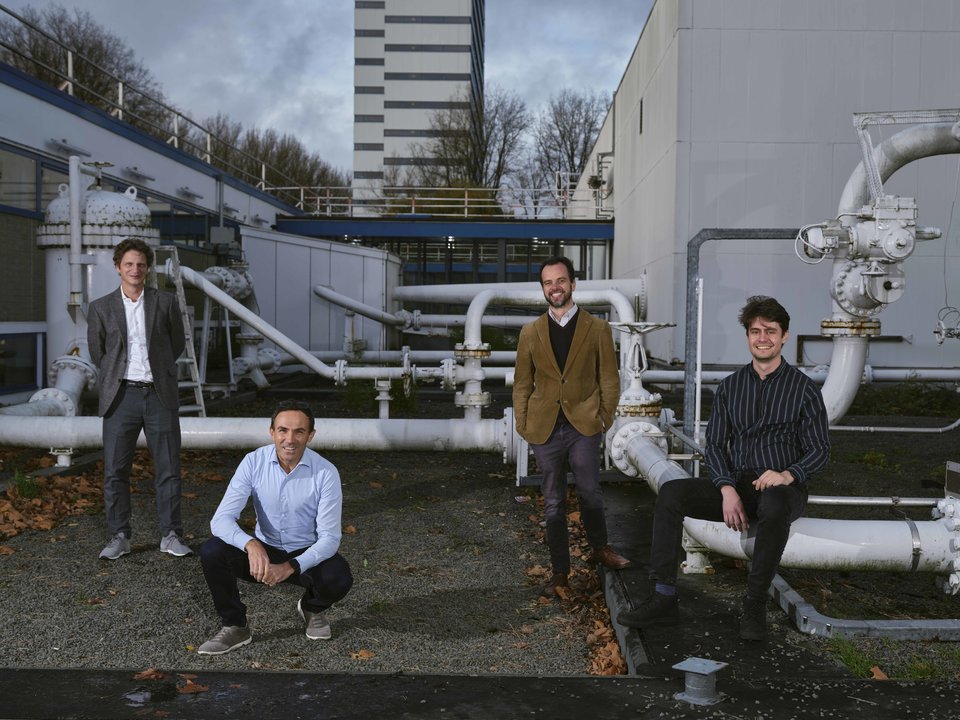TU Delft software for determining contagion risk for specific locations
TU Delft professor of aerodynamics Fulvio Scarano, together with fluid mechanics expert Lorenzo Botto and simulation expert Wouter van den Bos, has developed software to calculate the risk of Covid-19 contagion at specific locations. The model virtually places a sick person in the space in question and simulates how quickly virus particles spread. The TU Delft researchers hope that designers will use the software to make predictions for determining whether sitting in an aircraft, classroom or restaurant, for example, is safe. The plug-in will probably become available in February.
Plug-in for existing CFD software
“The final aim of the model is to estimate the risk of a virus infection for a specific location”, says van den Bos. “Rather than setting up a large and ambitious CFD (Computational Fluid Dynamics) project, which would take a long time, our strategy was to create a plug-in for existing CFD software. That software is used by CFD engineers to simulate air flows in a space with doors, windows and ventilation.”
Visualising the spread of virus particles
The model is a plug-in that virtually places a person in the space and simulates the speed at which virus particles spread from that person. This speed increases the taller a person is, the larger their lung capacity and the harder they sneeze or cough. To make sure that the simulations are in line with reality, the team validate them using quantitative visualisation experiments.
“I am making the invisible visible”, says Scarano. He stands up, coughs in front of a dotted screen with a camera, his computer screen shows how the cough would transport the droplets from his body to the outside. “Then I check whether this tallies with our simulations. This cross-check is vital in order to verify that the simulation takes every aspect of reality into its calculations.”
TU Delft - Visualisatie experiment voor software besmettingsrisico
Predicting contagion risk
Once all the existing data are added to the software, the researchers can predict the risk of contagion. “Then you can use your computer – i.e. a safe method – to see what happens if, for instance, you put 100 students together in a lecture room for an hour and a half and just one of them has Covid-19. The model will also become increasingly accurate the more we find out about the virus, such as its airborne lifespan of the virus and how many virus particles make someone sick", says Van den Bos.

